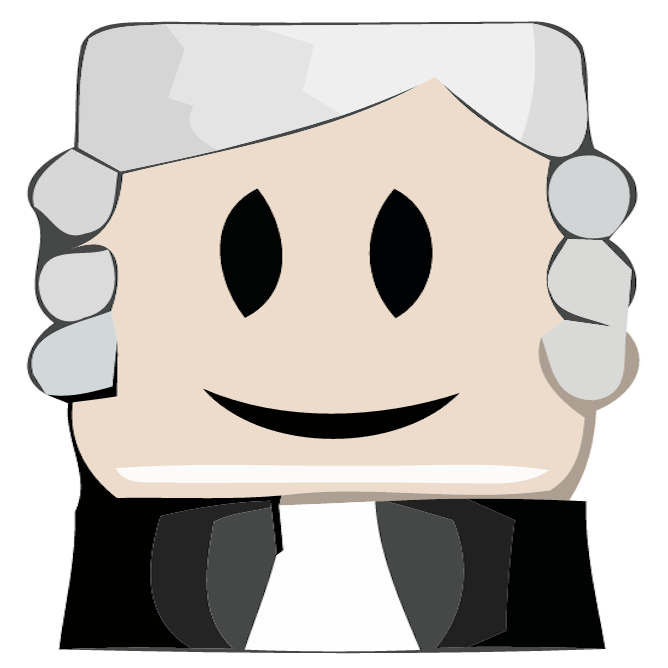This page is based on the Mastering Markdown guide at GitHub.
Markdown is a
lightweight and easy-to-use syntax for styling all forms of writing on the
Jutge.org platform. You control the display of the document; formatting words
as bold or italic, adding images, creating lists, and placing chuncks of
source code are just a few of the things we can do with Markdown. Mostly,
Markdown is just regular text with a few non-alphabetic characters thrown in,
like # or *. Some major sites as GitHub and Stackoverflow
use it.
It's very easy to make some words **bold** and other words *italic* with Markdown. You can even [link to Google!](http://google.com)
Sometimes you want numbered lists: 1. One 2. Two 3. Three Sometimes you want bullet points: * Start a line with a star * Profit! Alternatively, - Dashes work just as well - And if you have sub points, put two spaces before the dash or star: - Like this - And this
Sometimes you want numbered lists:
Sometimes you want bullet points:
Alternatively,
# Structured documents Sometimes it's useful to have different levels of headings to structure your documents. Start lines with a `#` to create headings. Multiple `##` in a row denote smaller heading sizes. ### This is a third-tier heading You can use one `#` all the way up to `######` six for different heading sizes. If you'd like to quote someone, use the > character before the line: > Coffee. The finest organic suspension ever devised... I beat the Borg with it. > - Captain Janeway
Sometimes it’s useful to have different levels of headings to structure your documents. Start lines with a # to create headings. Multiple ## in a row denote smaller heading sizes.
You can use one # all the way up to ###### six for different heading sizes.
If you’d like to quote someone, use the > character before the line:
Coffee. The finest organic suspension ever devised… I beat the Borg with it. - Captain Janeway
There are many different ways to style code with Jutge.org's markdown. If you have inline code blocks, wrap them in backticks: `var example = true`. If you've got a longer block of code, you can indent with four spaces:
if (isAwesome){
return true
}
Jutge.org also supports something called code fencing, which allows for multiple lines without indentation:
```
if (isAwesome){
return true
}
```
And if you'd like to use syntax highlighting, include the language:
```javascript
if (isAwesome){
return true
}
```
There are many different ways to style code with Jutge.org’s markdown. If you have inline code blocks, wrap them in backticks: var example = true. If you’ve got a longer block of code, you can indent with four spaces:
if (isAwesome){
return true
}
Jutge.org also supports something called code fencing, which allows for multiple lines without indentation:
if (isAwesome){
return true
}
And if you’d like to use syntax highlighting, include the language:
if (isAwesome){
return true
}
Here’s an overview of Markdown syntax that you can use on Jutge.org.
# This is an <h1> tag
## This is an <h2> tag
###### This is an <h6> tag
*This text will be italic*
_This will also be italic_
**This text will be bold**
__This will also be bold__
*You **can** combine them*
* Item 1
* Item 2
* Item 2a
* Item 2b
1. Item 1
2. Item 2
3. Item 3
* Item 3a
* Item 3b

Format: 
https://jutge.org - automatic!
[Jutge.org](https://jutge.org)
As Kanye West said:
> We're living the future so
> the present is our past.
I think you should use an
`<addr>` element here instead.
You can create tables by assembling a list of words and dividing them with hyphens - (for the first row), and then separating each column with a pipe |:
First Header | Second Header
------------ | -------------
Content from cell 1 | Content from cell 2
Content in the first column | Content in the second column
Would become:
| First Header | Second Header |
|---|---|
| Content from cell 1 | Content from cell 2 |
| Content in the first column | Content in the second column |
Any word wrapped with two tildes (like ~~this~~) will appear crossed out.